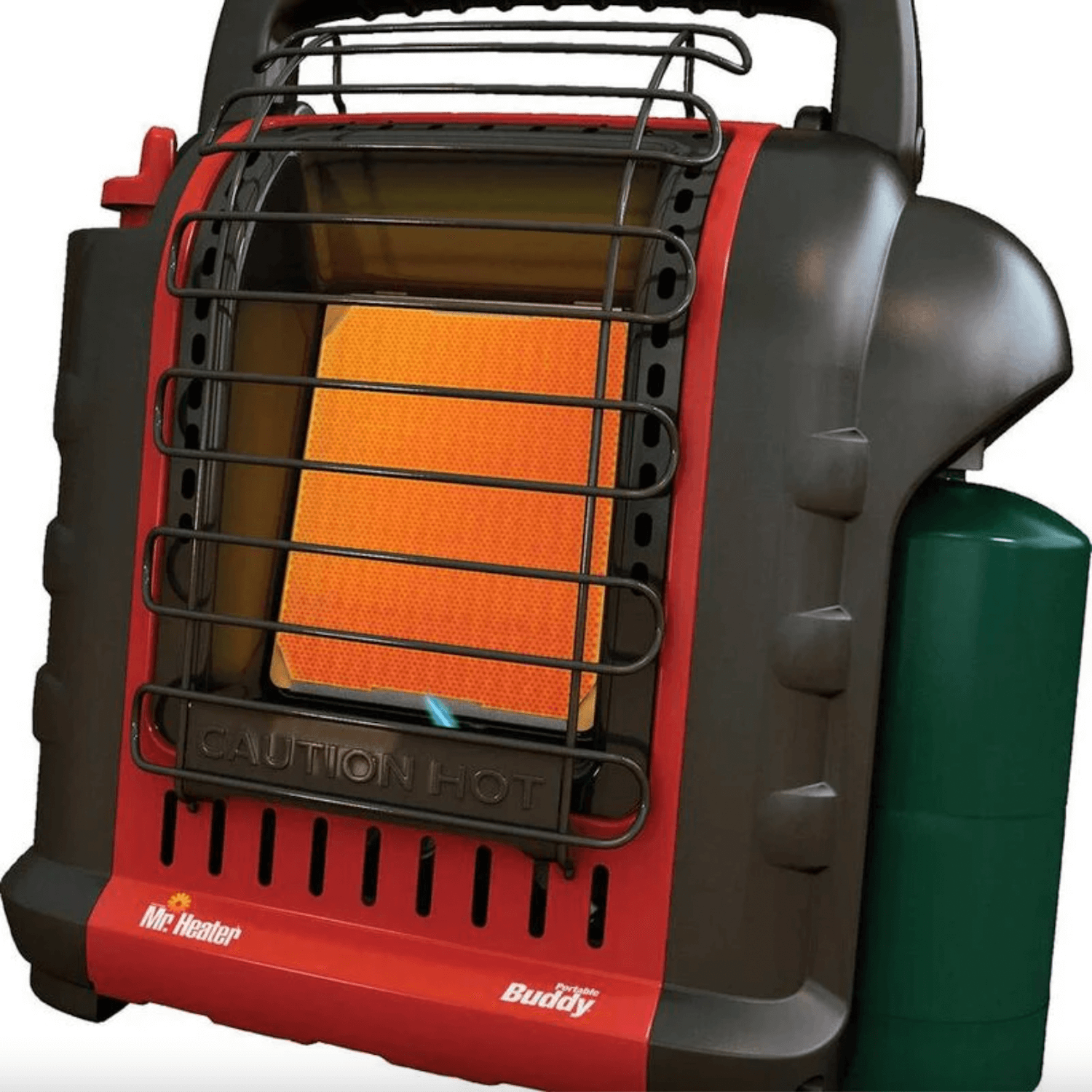1 Source Portable Air for Beginners
1 Source Portable Air for Beginners
Blog Article
1 Source Portable Air Fundamentals Explained
Table of ContentsEverything about 1 Source Portable AirThe Best Guide To 1 Source Portable Air1 Source Portable Air Can Be Fun For AnyoneFacts About 1 Source Portable Air UncoveredThe Only Guide for 1 Source Portable Air
Running prices are based upon an electrical power price of 40c/kWh. The expenses for 3 months' usage in winter are based upon 500 hours use, or around 6 hours per day for three months. Optimum heat result is based on the maximum wattage of the designs we have actually tested (we focus on greater electrical power heating units).
On average, little follower heaters are much less expensive to get, yet can have higher running prices. Oil column heating units will certainly be the least expensive on the market to run (on average) yet just by a narrow margin in advance of convection heating units (like panel and micathermic panels).
A Biased View of 1 Source Portable Air
If you have a relatively easy to fix ceiling follower, it'll aid distribute the heat around the area much more equally. The designs in our electrical heaters test usually variety in rate from well under $100 to over $900, but we've discovered a greater price doesn't always suggest better performance. A variety of expensive heating systems have failed to thrill our testers, while some less expensive designs create remarkably good buys.
As the name recommends, they emit heat from a heated home heating element (so the household will have to take turns being in front of it). There are floor and wall-mounted models offered. Glowing heaters are relatively cost-effective. They have a cosy radiance and individual warming impact, like sitting in front of a fire.
The relatively revealed burner can be a fire and security danger. A piece of clothing went down over it might stir up, or tiny kids playing around a flooring version might melt themselves, so be cautious. Glowing heating systems normally cost in between $20 and $200. Oil-filled column heating systems don't really shed oil they make use of power to heat the oil that's secured inside their columns or 'fins'.
An Unbiased View of 1 Source Portable Air
Some column heaters aren't even oil-filled yet instead use other product or home heating modern technology to work similarly - 1 Source Portable Air. The risk of fire with an oil column heating unit is reduced contrasted to other heating system types, but never ever zero. Oil heating systems don't have subjected aspects like glowing heating units do, and their surface area temperature level is less than several other heater kinds (their large surface offsets it)
Oil column heating systems won't blow up, and while they do not melt their oil to produce warm, it's still combustible, so there is a fire threat if the oil leakages, if the heating system topple and continue reading this leakages, or if flammable things or material come right into contact or fall on the heating system. You should exercise the exact same degree of caution with oil heaters as for other heater kinds, and never ever hang towels or clothing over one to completely dry them make use of a drying out rack rather, at the very least one metre away.
Column heating systems are specifically useful in rooms where they'll be switched on for extended periods of time or where they'll run unattended, such as overnight in a bed room. The surface areas you're likely to discuss a column heater do not obtain as hot as various other sorts of electric heating units. You can utilize a ceiling follower on very reduced rate to assist the column heater to disperse the heat much faster and much more evenly.
Oil-filled column heating systems typically set you back in between $50 and $450. Convection and panel heaters draw chilly air over an electric home heating component.
1 Source Portable Air - An Overview

Convection and panel heating units are much more portable than their oil-filled column heater counterparts because they're considerably lighter. They'll warm the air in a space evenly and promptly. Like a column heating unit, you can make use of a ceiling follower on very low speed to disperse the heat quicker and extra evenly. Some designs, particularly panel heaters, are comparatively pricey to buy.

The Greatest Guide To 1 Source Portable Air
Follower heaters are commonly smaller sized and much more mobile than other electric heaters. They also can be found in the kind of tower fan heating systems, which can be better for dispersing warmth around bigger areas because of their taller account. They can warm the air in a space extra swiftly, evenly and rapidly than a few other heating system types.
Follower heating units (ceramic or otherwise) normally expense in between $60 and $900. Ceramic follower heating systems aren't always any type of different in price to non-ceramic designs.
Report this page